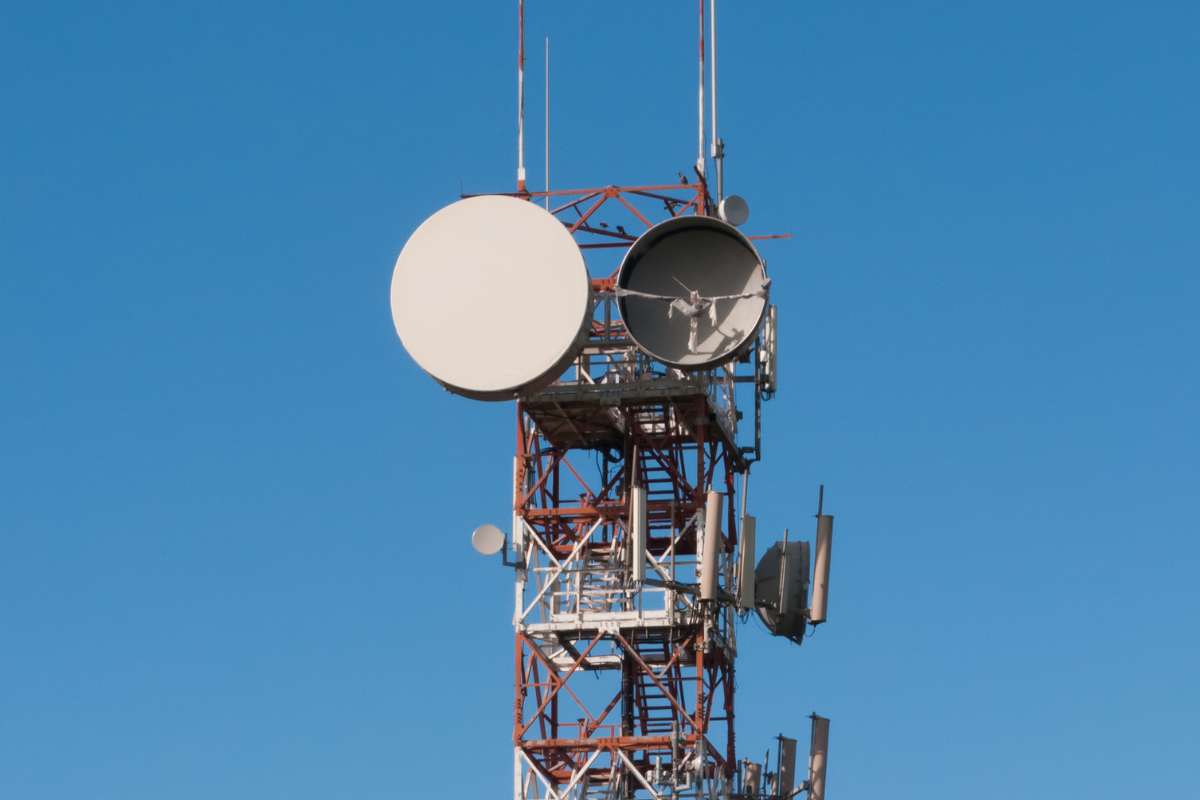By Mr Shashank Agarwal, M.D at Salasar The Indian telecom sector has come a long way after its privatisation in the early 1990s and has seen staggering growth in the past three decades. Though it witnessed a significant slowdown in the early 2010s, the last five years have been remarkable for the industry with exponential growth in the number of users and internet penetration, with over 560 million Indians having access to the internet. Telecom operators are emerging with robust strategies for market share and customer acquisition to keep the sector moving on the digital trajectory. According to a media report, the sector has become the key to India reaching its GDP goal of $5 trillion by 2024. Since the entry of Jio in 2016, the competition in the telecom sector has become fierce, which is playing a crucial role in realising India’s digital ambitions. With competition in the telecom sector, access to data services is increasing at a fast pace. Telcos have rapidly expanded from metropolitan to tier 2 & 3 cities, giving internet access to millions of people. Furthermore, this intense competition amongst the telecom operators has led them to offer their services at cut-throat prices and spend big on the development of their own infrastructure, which has made the buy-in cost humongous for any new player to enter the sector. Furthermore, the Indian telecom sector offers one of the world’s cheapest data and calling services that have made only prominent telcos compete in the market.
Key Drivers Accelerating Digitisation of the Sector
The accelerated process of digital transformation induced by COVID-19 has made the telecom sector the key enabler for digital connectivity. There is a paradigm shift to digital payments like UPI, and the wider acceptance of online shopping and delivery services are being enabled by the telcos. Apart from the consumers, those offering online services and accepting digital payments also require digital connectivity. Thus, the operators are not missing out on this golden opportunity with a focus to generate additional revenue. Due to the pandemic-induced lockdown and stringent social distancing norms, the adoption of digital solutions has accelerated India’s approaching its industrial revolution 4.0. Considering the pace at which the country is undergoing a digital revolution, the launch of 5G becomes critical in the successful adoption of industry 4.0 as it requires the real-time communication and processing of data through a connected network of things which is only possible through a 5G network. Being a next-generation technology without the limitations of 4G, 5G will enable more innovative uses of artificial intelligence, Internet of Things, Automation, Big Data, etc., to help telcos provide customised solutions to customers and enterprises. These solutions run on robust internet infrastructure that has pushed telcos to expand their services and offer unconventional support. Thus, increased adoption of 5G devices and cloud systems will drive digital innovation of the sector at a faster pace.
Affordability and Connectivity
Connectivity in India was in a very bad state in the pre-Jio era. Even in metro cities, there were several call drops every minute due to limited network availability. When Jio entered the telecom market, it exploded the consumption of mobile networks at rock-bottom data and voice call prices. This started shrinking the revenues of rival operators like Airtel, Vodafone and BSNL, further making them step up their game. As a result, all three prominent operators started focusing on increasing the bandwidth of their networks to handle the traffic more efficiently with an increased focus on affordability.
Roadblocks in the Industry
Though the smart devices market is already supporting 5G services, the fact cannot be ignored that India is still dominated by low-priced smartphones. People are already satisfied with the speed of 4G services that are now being offered at a reasonable price. In the middle of this, there will be a slow transition from 4G to 5G, mainly in tier 2 and 3 cities. That’s where the government needs to intervene and provide incentives for telcos to develop an infrastructure away from the metros. The intense financial requirements for being a telecom provider are considered one of the biggest roadblocks in the industry. Telecom company like Vodafone Idea is already losing its subscribers and not generating enough revenue. Another matter surrounds AGR, i.e. Adjusted Gross Revenue that arose when telcos were required to pay a massive fee for telecom license, and most of them did not have the financial muscle to make the upfront payment. As a solution, the government adopted a model to take a small cut from the revenue of the operators that further included cuts from non-telecom revenue interest income, profits from selling old buildings and other miscellaneous incomes. This has created a ruckus in the industry and resulted in making the government rework on their approach to calculating AGR in the recent telecom bailout package. As a relief to telcos, the government has announced its rescue plan with a four-year moratorium on AGR and spectrum dues that Vodafone Idea has to pay the DoT. It has given hope to Vodafone India to survive and compete in the market, which will prevent the industry from slipping into a duopoly of Jio and Airtel.
What’s Next?
The entry of the 4G spectrum accelerated the speed of streaming and showed users the potential of a connected world. It is expected that 5G will bring large-scale disruption in each business sector and will be the backbone of Industry 4.0. Though there will be several roadblocks and challenges, the adoption of 5G will be significant to achieve the Aatmanirbhar Bharat mission-driven by a digitally transformed India.
